Last updated on October 30th, 2023 at 07:41 am
The OST file maintains a synced replica of the user mailbox on your device and allows you to view and implement modifications to your email messages, contact details, memos, calendars, events, and so on whenever your device is not linked to the network and afterwards when your computer is linked to the internet.
In some scenarios, you may need to import the OST files into Outlook. But Outlook supports only the PST format as its online database file, and that’s why it is not possible to directly import an OST into Outlook. But there are some specific ways. In this post, we will discuss the reasons and possible approaches for importing OST files into MS Outlook. Stay tuned!
What are the possible reasons that users need to import OST into Outlook.com?
Let’s check whenever it’s important to import offline OST documents into PST format, assuming that such an OST file can’t even be opened directly in Microsoft Outlook:
- If somehow the Exchange server crashes abruptly, the document will become unavailable, and there is a danger of significant loss of data. As a result, in order to maintain access to the sensitive databases, an OST document must be imported into Outlook.
- As the Outlook PST files are portable and easy to access, users prefer to use them over the OST.
- In the event of a server outage or construction,
- Mailboxes were accidentally deleted.
- to prevent unwanted loss in the event of a backup failure.
- Users should import OST to Outlook if they get an error that the OST can’t be opened. Due to preventing vital data loss,
- If you are thinking of transferring Outlook from one computer to another,
What are the easiest and most effective approaches to importing OST files into MS Outlook?
The manual methods allow users to import OST to PST Outlook without paying a cent. This is a comprehensive do-it-yourself strategy, and individuals must have strong functional expertise as well as Outlook understanding. However, you also have the alternative option of using a third-party OST to PST converter tool.
Furthermore, before beginning the import process, it is recommended to make a replica of the OST documents to be imported since there is a danger of data tampering.
Using the import or export function
The “Import and Export” feature is a default Outlook utility for transferring Outlook emails and texts, contact information, calendars, events, and notebooks from one device to another.
- Start the Outlook client and select the “File” tab.
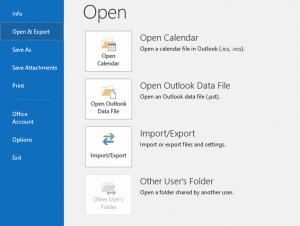
- Next, under “Open & Export”, select the “Import/Export” option.
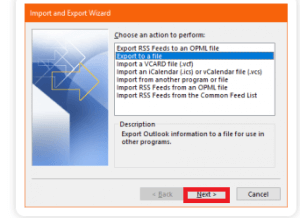
- Hit Next icon after picking the “Export to a file” option from the wizard.
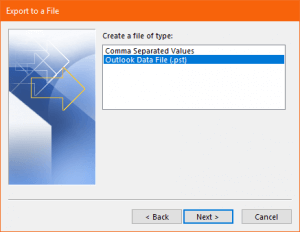
- Tap Next after selecting ‘Outlook Data File (.pst)’.
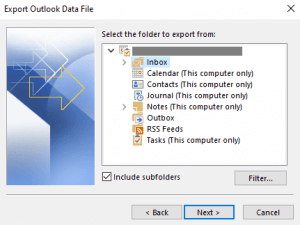
- Choose the directory where your OST file is stored from the options below, then click Next.
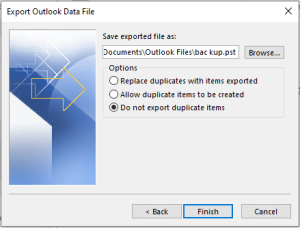
- Browse to the location where you wish to save the files and pick the effective decisions for duplicate items before clicking Finish.
- Enter a password if you really want to protect personal information. If you have the habit of forgetting your credentials frequently, keep this list of passwords in your wallet. Keep it in mind to check the “save this password” box, otherwise there is a possibility of losing that file forever.
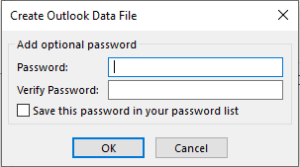
- Lastly, hit the “OK” button.
Drag and drop to import the OST into Outlook
To employ this approach, perform the steps listed below:
- Install and launch MS Outlook on your PC.
- In MS Outlook, create a new PST document.
- Drag the applicable mailbox directory you wish to import into the empty Outlook-compatible PST document.
Using the “Archive” feature
In Outlook, this is another effective feature by which you can import your OST files into Outlook. But you should keep a backup copy before attempting this technique.
- Log in to your Microsoft Outlook user account.
- Navigate to the ‘File’ tab.
- Next, select “Options” and then the “Advanced” tab.
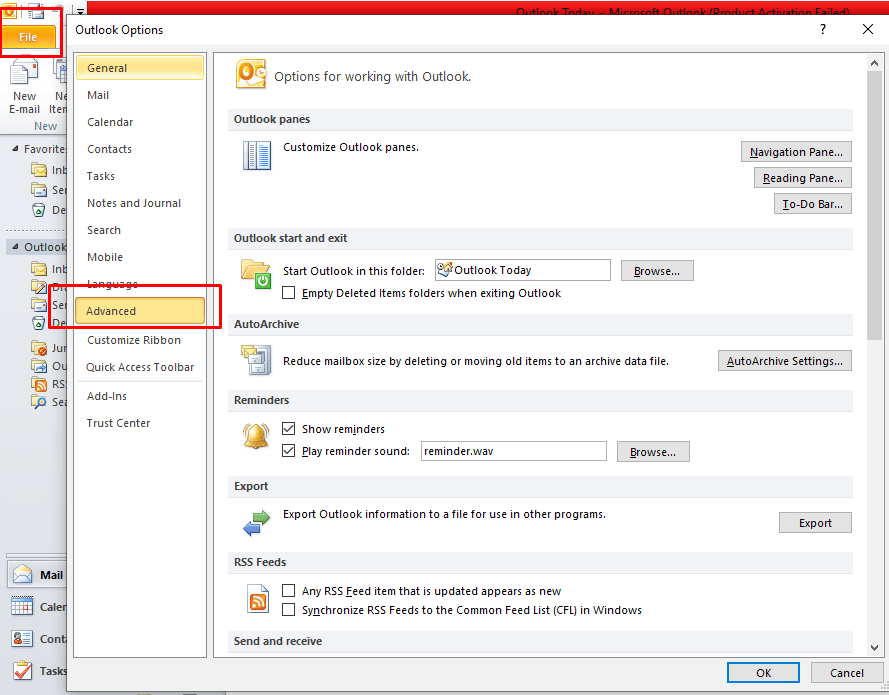
- And after that, from the wizard that appears hit on the “Auto Archive Settings” option.
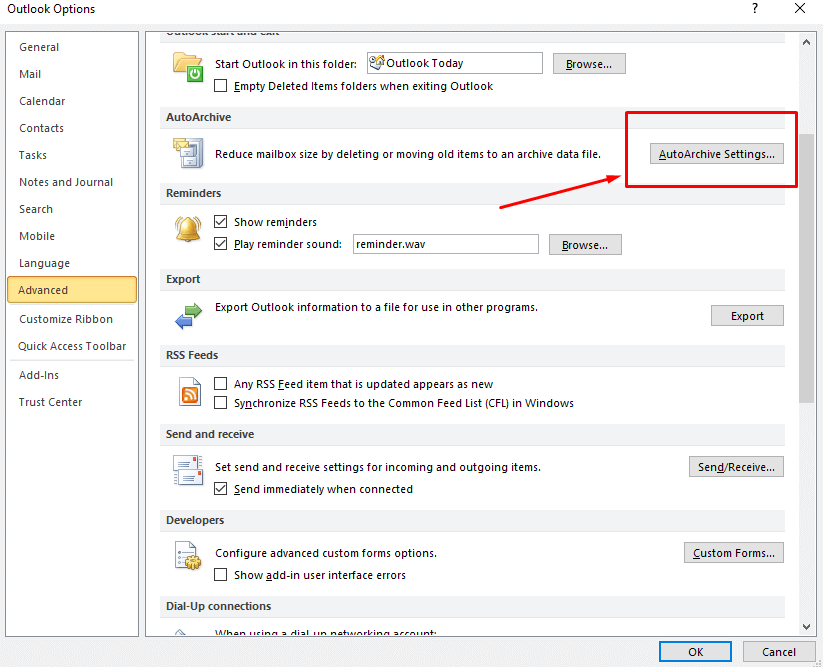
- Proceed to the directory where you want to store the “archived” files.
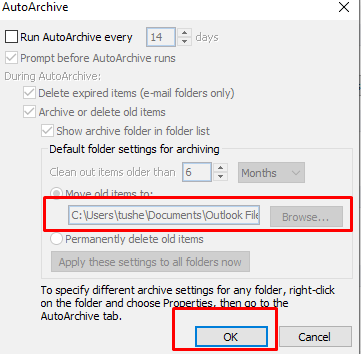
- Then, press the “OK” icon.
Is it good for you to use these manual techniques?
Actually, it is hazardous because if any of the steps are not done correctly, data loss will occur. Therefore, we would absolutely recommend that you use any professional OST to PST conversion tool. Here, as follows, we have added some drawbacks to the manual approaches that you should read to justify them.
- It is time-consuming and needs continuous individual interaction, which may be exhausting. Since it involves manual interaction, the risks of losing information due to human mistakes or other causes are quite significant.
- You cannot access your OST files if they are damaged.
- When transferring data from one computer to another or updating your operating system, you must exercise extreme caution if you do not use a trustworthy way to import and move your Outlook files. You could lose them forever, or they might become damaged.
- When converting OST to PST manually, you lose OST file features, including folder structure, restrictions, auto-fill text, and so forth.